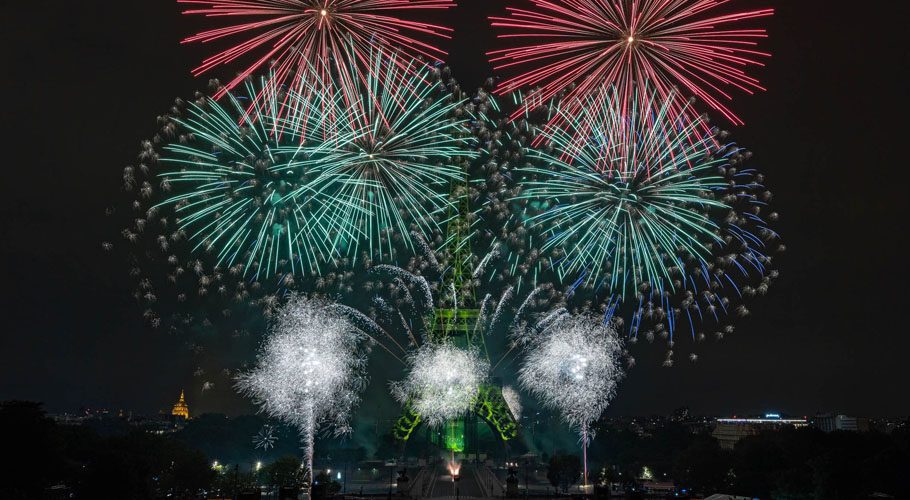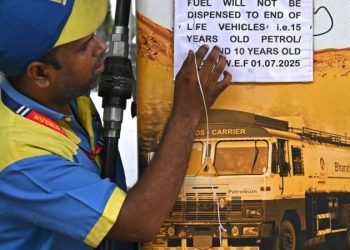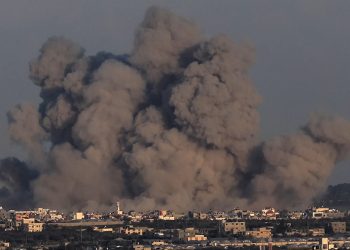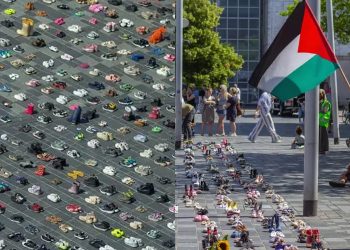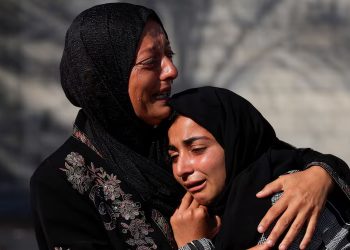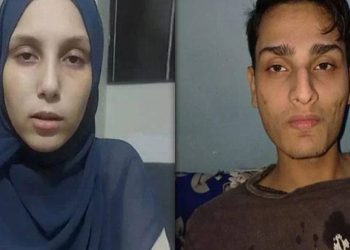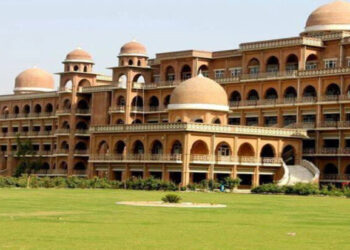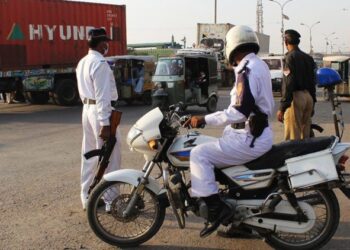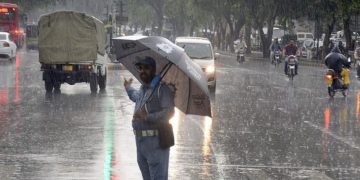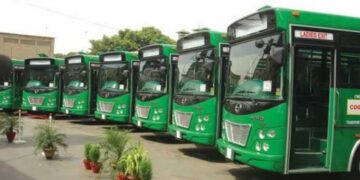PARIS: The Eiffel Tower reopened on Friday after an eight-month shutdown because of the COVID-19 pandemic, its longest closure since World War Two.
As a countdown clock at the foot of the tower turned to zero, there were cheers and applause from visitors queuing to get in, a brass band started playing and people starting filing through the entrance.
Due to lingering concerns about the virus, masks remain compulsory for anyone over 11 years of age, and each elevator car will only carry half the normal number of visitors.
From July 21, visitors will need to show a French government “health pass” to demonstrate they are either vaccinated or have had a recent negative test for COVID-19 in line with recent requirements.
Daily capacity is set to be restricted to 13,000 people, about half of the normal level, in order to respect social distancing rules.
“Obviously it’s an additional operational complication, but it’s manageable,” the head of the operating company, Jean-François Martins said. After a final round of safety checks by staff, he announced that the “lady is ready”.
Early reservations for tickets during the summer holiday period underline how the tourism industry in Paris has changed due to travel restrictions.
Martins said there was an “almost total absence” of British ticket holders, while only 15 percent were Americans and very few are from Asia. Half of visitors are expected to be French, while Italians and Spanish make up a higher proportion than usual.
The long closure has caused havoc with the finances of the operating company, Sete, which runs the monument on behalf of Paris city authorities.
It is set to seek additional government aid and a fresh 60-million-euro cash injection to stay afloat, having seen its revenues fall by 75 percent to 25 million euros in 2020.
The masterpiece by architect Gustave Eiffel has also been hit by problems linked to its latest paint job, the 20th time it has been repainted since its construction in 1889.
Work was halted in February because of high levels of lead detected on the site, which poses a health risk to labourers. Tests are still underway and painting is set to resume only in the autumn, meaning a part of the facade is obscured by scaffolding and safety nets.







